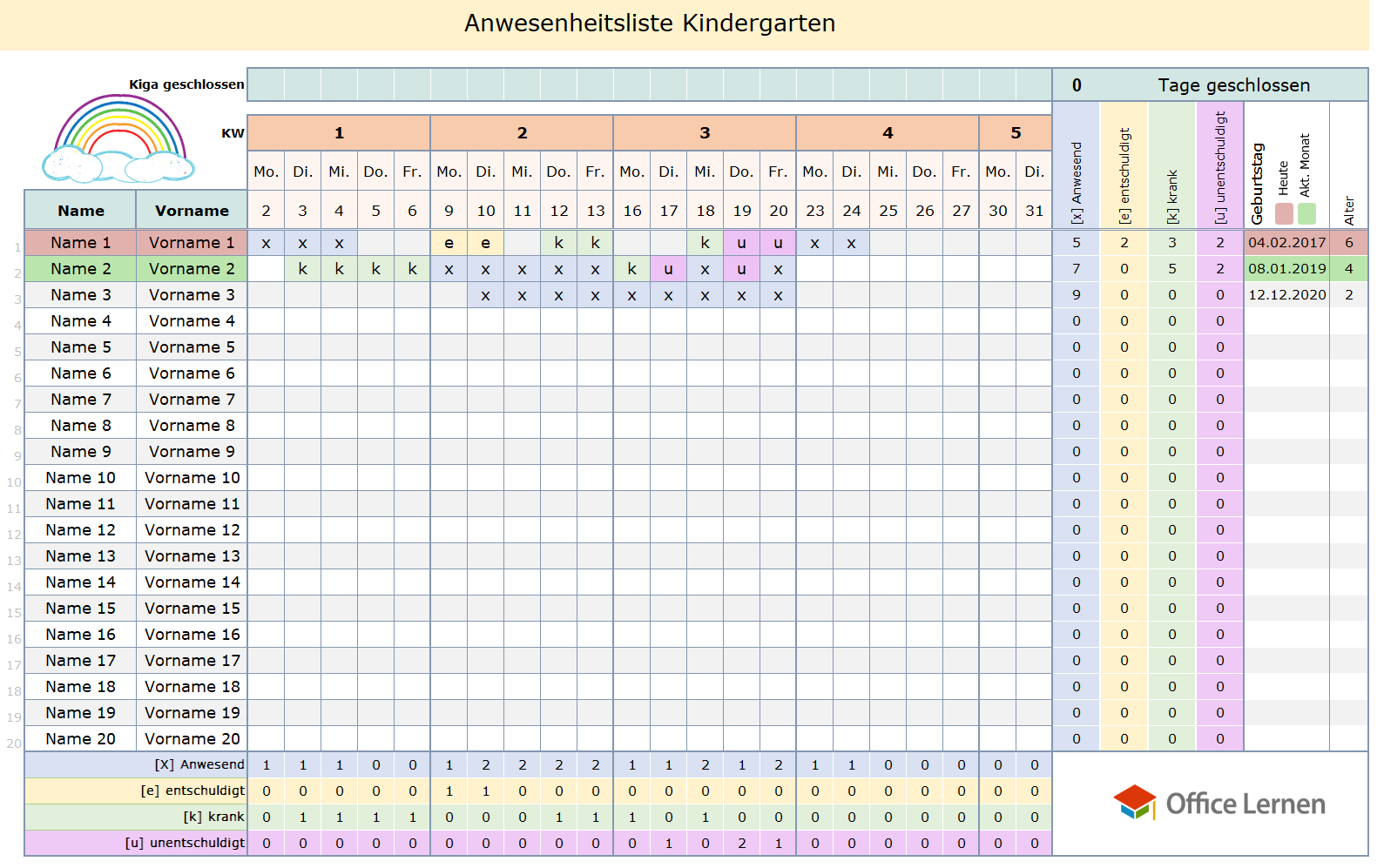A Comprehensive Guide To Removing Your Digital Information Online

Table of Contents
Understanding Your Digital Footprint
Before attempting to remove your digital information, it's crucial to understand what constitutes your digital footprint. This encompasses all the information about you that exists online, both intentionally and unintentionally shared. It includes:
- Social media profiles: Facebook, Twitter, Instagram, LinkedIn, etc.
- Search engine results: Information indexed by Google, Bing, and other search engines.
- Online forums and comments: Posts, reviews, and comments on various websites and platforms.
- Data broker websites: Companies that collect and sell personal information.
- Online accounts: Email, banking, shopping, and other online accounts.
Types of data to consider: Your digital footprint includes a vast array of personal data, including:
- Personal details: Name, address, phone number, email address, date of birth.
- Images and videos: Photos and videos of you that may be publicly accessible.
- Reviews and ratings: Your opinions shared on platforms like Yelp, Amazon, etc.
- Online accounts and associated data: Information linked to your various online accounts.
Examples of where your information might be found:
- Google Search: The most common way people search for information, including personal data.
- Social media archives: Platforms store vast amounts of user data, often even after account deletion.
- Data brokers: These companies aggregate personal information from various sources and sell it.
Removing Information from Search Engines
Removing information from search engine results is a complex process. While you can't magically erase everything, you can request the removal of outdated, inaccurate, or private information. Google, for example, offers a "removal requests" tool where you can submit requests for content removal based on legal grounds, such as violations of privacy or copyright.
Understanding "right to be forgotten" laws: These laws in certain jurisdictions grant individuals the right to request the removal of links to personal information from search engine results. However, these laws have limitations and don't guarantee complete removal.
Steps to follow for requesting removal:
- Identify the content: Determine the specific URLs or pieces of information you want removed.
- Create a request: Carefully follow the instructions provided by the search engine's removal request tool.
- Provide documentation: You may need to provide supporting documentation to substantiate your request.
- Monitor results: Check regularly to see if your removal request was successful.
Removing Information from Social Media Platforms
Each social media platform has its own procedures for deleting accounts or removing specific information. Deleting an account is usually a more thorough approach, but be aware that some data may remain cached or archived. Managing privacy settings on your active accounts restricts access to your personal information.
Platform-specific instructions and tools: Consult the help centers of platforms like Facebook, Twitter, Instagram, and others to learn how to delete accounts or manage your privacy settings effectively.
Best practices for deleting accounts safely and securely:
- Download your data first if needed.
- Change your passwords before deletion.
- Close linked accounts and services.
- Consider using a privacy-focused account deletion service for a more streamlined process.
Dealing with Data Brokers and Online Forums
Data brokers collect and sell personal information, making it challenging to control the distribution of your data. Many data brokers allow you to submit opt-out or data deletion requests, but the process can be time-consuming and not always successful.
The limitations of controlling information spread across various platforms: Information shared on online forums or in comments is often difficult to remove entirely. Contacting website administrators may be necessary.
Resources and tools for finding and contacting data brokers: Several websites maintain lists of data brokers and offer tools to help you manage your information with them.
Protecting Your Online Privacy in the Future
Proactive measures are essential to protect your online privacy. Consider these best practices:
- Secure password management: Use a strong, unique password for each online account and use a password manager.
- Use of VPNs and other privacy tools: VPNs encrypt your internet traffic, providing added privacy.
- Limiting the information shared online: Be mindful of the personal information you share publicly.
- Understanding cookie settings and tracking: Adjust your browser's cookie settings to limit tracking.
Developing good online security habits: Regularly review your online accounts, update your passwords, and be aware of phishing scams.
Recommendations for privacy-focused browsers and search engines: Explore browsers and search engines that prioritize user privacy.
Conclusion: Taking Control of Your Digital Presence
Completely removing all traces of your online information is practically impossible, but significantly reducing your digital footprint is achievable. By taking proactive steps to manage your data across different platforms and implementing strong online security practices, you can take control of your digital presence. This guide provides a foundation for managing your digital information, but ongoing vigilance is necessary. Start removing your digital information today and continue to actively protect your online privacy. Share your experiences and tips in the comments below to help others navigate this evolving landscape of online privacy.

Featured Posts
-
 17 Subat Pazartesi Tv De Bu Aksam Yayinlanan Diziler
Apr 23, 2025
17 Subat Pazartesi Tv De Bu Aksam Yayinlanan Diziler
Apr 23, 2025 -
 Increased Canadian Oil Exports To China A Response To Us Trade Disputes
Apr 23, 2025
Increased Canadian Oil Exports To China A Response To Us Trade Disputes
Apr 23, 2025 -
 Die 50 2025 Komplette Teilnehmerliste Sendeplan And Streaming Moeglichkeiten
Apr 23, 2025
Die 50 2025 Komplette Teilnehmerliste Sendeplan And Streaming Moeglichkeiten
Apr 23, 2025 -
 Mlb Player Props Today Steeltown Vs Jazz Best Bets And Analysis
Apr 23, 2025
Mlb Player Props Today Steeltown Vs Jazz Best Bets And Analysis
Apr 23, 2025 -
 5 6 Billion Jeppesen Sale Boeings Strategic Move And Thoma Bravos Acquisition
Apr 23, 2025
5 6 Billion Jeppesen Sale Boeings Strategic Move And Thoma Bravos Acquisition
Apr 23, 2025
